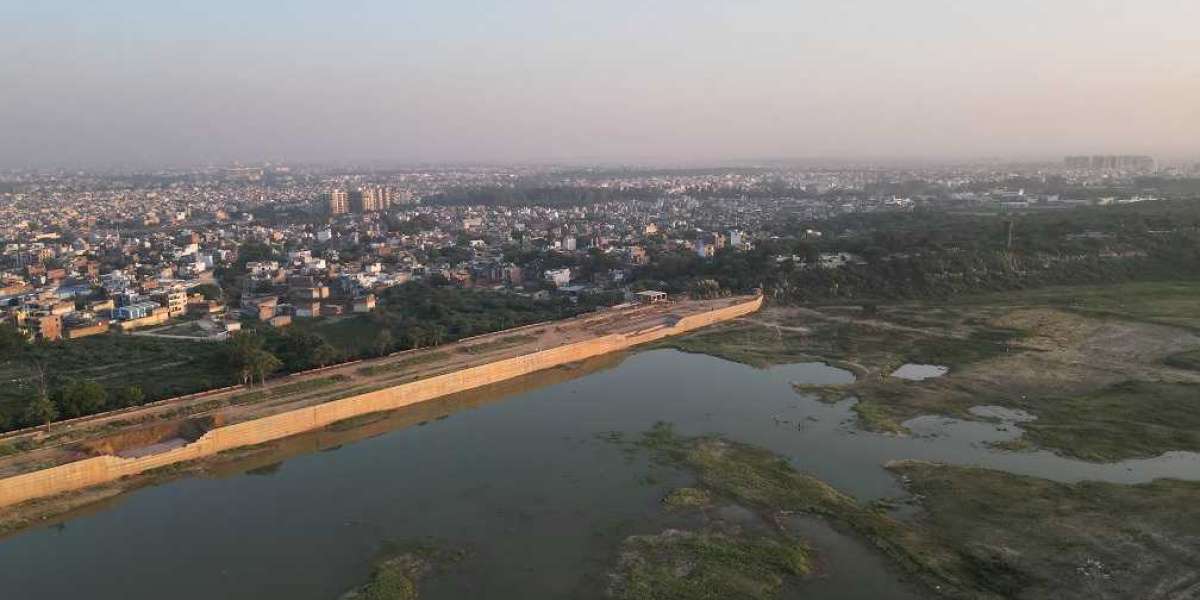Title: How Badkhal Lake Developed into a Tourist and Ecological Landmark
Badkhal Lake, once a natural water body nestled in the Aravalli hills near Faridabad, Haryana, has undergone a remarkable transformation over the years. From a scenic picnic spot in the 1990s to a dried-up basin due to unchecked mining, and now a site under redevelopment and ecological restoration, the story of how Badkhal Lake developed reflects the larger narrative of environmental challenges and rejuvenation efforts in India.
The Natural Origins of Badkhal Lake
Badkhal Lake was originally a natural lake formed in a depression surrounded by the rocky Aravalli hills. It gained popularity during the 1980s and 1990s as a weekend getaway for residents of Delhi, Faridabad, and nearby areas. The lake, filled with rainwater, was known for its picturesque surroundings, boating facilities, and a vibrant ecosystem. It attracted nature lovers, birdwatchers, and families looking for a tranquil escape from city life.
However, as urbanization intensified and mining activities grew in the surrounding hills, the lake's natural catchment area was disrupted. Excessive extraction of groundwater and illegal mining in the Aravallis caused the water levels to drop significantly, leading to the eventual drying up of the lake. By the early 2000s, Badkhal Lake had become a dry patch, losing its charm and ecological value.
How Badkhal Lake Developed Issues Over Time
The decline of Badkhal Lake was primarily caused by human intervention. The mining of stones in the Aravalli range not only destroyed the natural landscape but also blocked the water channels that fed the lake. As the water table fell, the lake could no longer replenish itself naturally. Environmentalists and local activists raised concerns, pushing for conservation measures and stricter implementation of environmental laws.
The impact of deforestation, construction, and unregulated tourism also contributed to the lake’s deterioration. Once a thriving ecosystem, Badkhal Lake became symbolic of the environmental cost of unchecked development.
Government Initiatives: How Badkhal Lake Developed Plans for Revival
Recognizing the lake's historical, ecological, and tourism potential, the Haryana government initiated plans for its revival. In recent years, serious efforts have been made to rejuvenate Badkhal Lake as part of the broader Aravalli biodiversity conservation plan.
Key initiatives in the redevelopment of the lake include:
Desilting and cleaning of the lake bed
Recharging groundwater levels
Planting native vegetation in the catchment area
Regulating tourist inflow with eco-friendly infrastructure
Banning illegal mining in nearby zones
The vision is to transform Badkhal Lake into an eco-tourism hub with boating, nature trails, birdwatching spots, and a sustainable model of tourism that protects the fragile Aravalli ecosystem.
How Badkhal Lake Developed into a Tourist Destination Again
As part of the state’s plan to boost tourism in Haryana, Badkhal Lake is being included in new tourism circuits. The Haryana Tourism Department, along with environmental organizations, is actively working to make the site attractive yet sustainable. The development includes:
Eco-parks and landscaped gardens
A lakefront promenade
Heritage-themed pavilions and cafes
Solar-powered lighting and waste management systems
Nature awareness programs and school excursions
These efforts aim to revive the lake as a weekend getaway while educating the public about ecological responsibility. If successful, Badkhal Lake can become a model for how degraded natural sites can be restored through collaborative efforts.
Ecological Importance: How Badkhal Lake Developed as a Green Zone
Beyond tourism, the restoration of Badkhal Lake holds significant ecological value. Reviving the lake helps in:
Supporting biodiversity: The lake area is home to migratory birds, reptiles, and small mammals.
Recharging groundwater: A functional lake improves groundwater levels in the region.
Controlling dust and pollution: The green zone around the lake acts as a natural air filter.
Promoting environmental education: The site can become a learning center for students and researchers.
As climate change intensifies and water scarcity becomes a major concern, restoring water bodies like Badkhal Lake is no longer optional but essential.
Community Involvement: A Key Part of How Badkhal Lake Developed
The development of Badkhal Lake is not just a top-down government project. Local communities, environmental NGOs, and student volunteers have been key players in cleanup drives, plantation campaigns, and awareness events. Their active involvement ensures that the revival of the lake is sustainable and inclusive.
Workshops, awareness campaigns, and eco-tourism training programs are being held to involve local vendors and guides. This not only generates employment but also instills a sense of ownership among the local population.
Challenges Still Ahead
While significant progress has been made, challenges remain in fully restoring Badkhal Lake. Illegal encroachments, pollution, and climate variability continue to pose threats. Continuous monitoring, legal enforcement, and adaptive environmental management will be required to ensure that the lake doesn’t return to its degraded state.
Furthermore, balancing tourism with ecology will be crucial. Mass tourism without regulation could again stress the fragile environment.
Conclusion
The story of how Badkhal Lake developed from a serene natural lake to a dry, neglected patch—and now toward a rejuvenated ecological and tourist destination—is both cautionary and inspiring. It serves as a reminder of the consequences of environmental neglect and the power of collective action to reverse damage.
As the lake continues to develop through thoughtful planning, community involvement, and ecological restoration, it stands as a beacon of hope for sustainable development. The journey of Badkhal Lake is far from over, but with continued commitment, it can once again become the green heart of Faridabad and a symbol of nature’s resilience.











